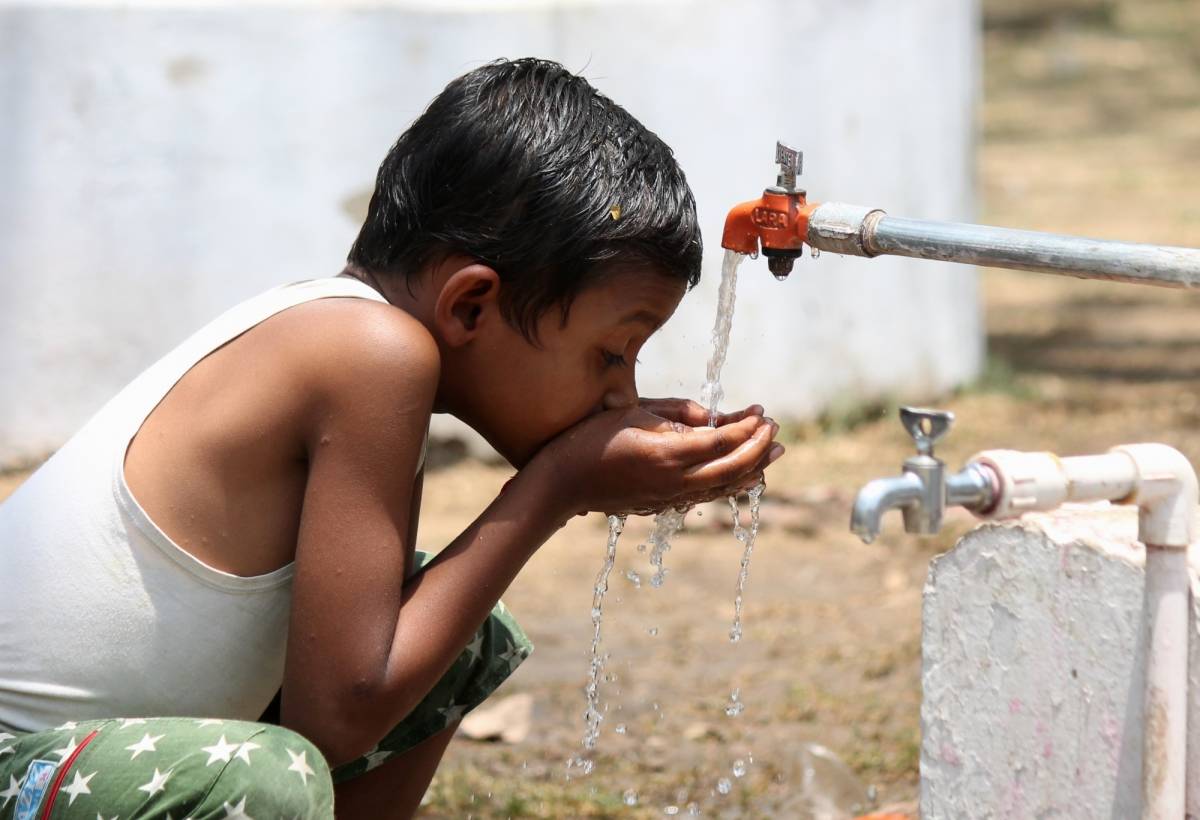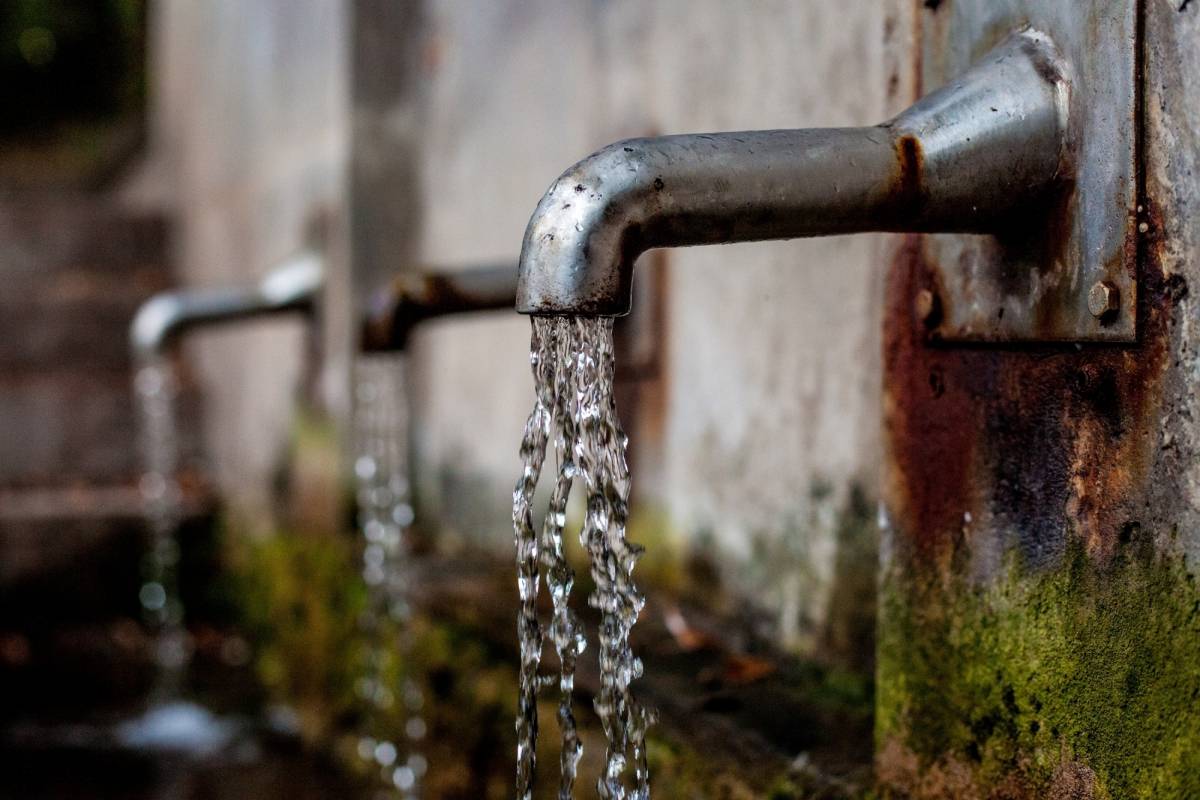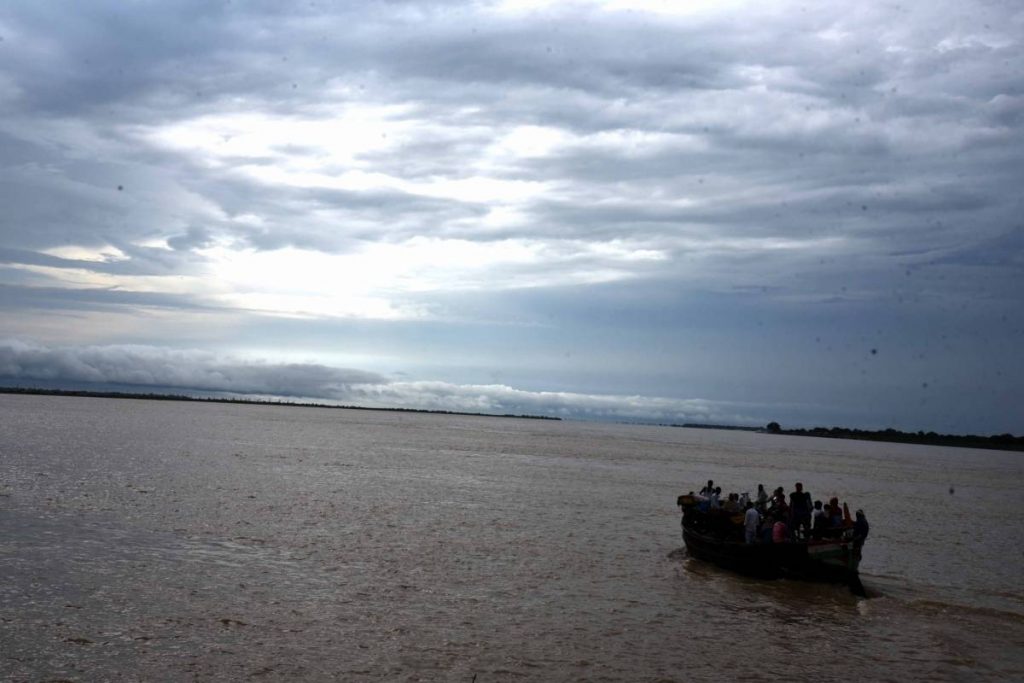According to Sandhya Lodhi, who helps many villagers with water from her private borewell and also heads a women’s self-help group in the village, the villagers most time of their day in queues for water…reports Sanaveer Shafi
A pond project, jointly funded by the government, along with villagers’ effort, promises to put an end to the water woes of residents of Gunga, just 25km from the Madhya Pradesh capital Bhopal.
The water crisis in Gunga, a village of 4,650 people, is so acute that people cannot take up any employment.
“If we go to work, then there will be no water in the house. If we manage to access water, we cannot go do our jobs,” Dharmendra Ahirwar said.
“I had to travel 3km to fetch this water,” Dharmendra said.
Explaining his travails, he said he has to balance eight jerry cans on an iron receptacle on his bicycle.
“Our village has been experiencing water scarcity for years. As temperatures rise, all sources of water dry up. The few hand pumps and tubewells that yield water work intermittently. Only two to four buckets of water flow out at a time, and then it all stops. To start the borewell again, one has to wait for at least 25 to 30 minutes.”
Housewife Nafisa Bi echoes his views, “Ever since I moved to this village after my marriage, I’ve witnessed water scarcity. I am 45 now. We appealed to the panchayat, sarpanch and every politician who has visited this village, but the water problem continues to this day.”
According to Sandhya Lodhi, who helps many villagers with water from her private borewell and also heads a women’s self-help group in the village, the villagers most time of their day in queues for water.
“The taps fixed under per the Nal Jal Yojana hardly yield any water. For the past 15 days, we have not received any water in our taps. Complaining to the panchayat has never helped.”
Over the years, the government has promised to install nearly a thousand taps and hand pumps, with at least one in every home in the village, under the Nal Jal Yojana. Villagers allege this promise has not been kept and the taps are at any rate not reliable because of the dire groundwater situation.
Housewife Smriti Kamleshwar complains, “I had to leave my cooking to queue up here for water. At times, we have to stay up all night for water. As for the taps set up under the scheme, the pressure is so low when they run that it’s not possible to even fill a bucket.”
Dry taps and low groundwater levels
Gunga has been battling water scarcity for 40 to 50 years, along with six other villages in its vicinity. Owing to the lack of any water resources in the village, the groundwater level is extremely low. This causes most hand pumps and tubewells to dry up in summer. Water is struck only at 450ft to 500ft depth; at times, it may even be as low as 700ft to 800ft.
In view of all these problems faced by the villagers, the district panchayat embarked on a project to dig up a 50,000 cubic metre pond in the village, using funds from the Mahatma Gandhi National Rural Employment Guarantee Act (MNREGA) and the Amrit Sarovar Yojana. However, this proved inadequate to cover the Rs 21.4 lakh that was actually needed.
Bhopal District Panchayat CEO Rituraj Singh and his team set up a camp in the village and decided to reach out to its residents. The villagers willingly extended their cooperation, collecting funds to the tune of Rs 4.28 lakh, besides contributing tractors, trollies and excavators for the job. Soon, the project was underway.
“We selected the site for this pond, keeping in mind that there are villages downstream, on the recommendation of hydrological scientists. The land belongs to the Forest Department, and hence the necessary processes had to be followed,” Singh told 101Reporters.
“The new pond will recharge the groundwater, do away with people’s water woes here and also prevent hand pumps, borewells and tubewells from drying up every summer. We also intend to set up a park in the vicinity with a children’s play area and a picnic spot with benches, trees and flowering plants.”
The authorities, he added, planned to train villagers in pisciculture and water chestnut cultivation to improve livelihood opportunities. And after the monsoon, they further intend to impart skills related to maintaining the ecology of the pond, with the help of an NGO.
The local authorities plan to complete construction of the pond before the monsoon sets in.
“Right now, nearly 90 per cent is complete. The rest should be completed in another week,” Gunga Gram Panchayat Secretary Sumer Singh Rajput told 101Reporters. “The pond will relieve villagers of their water woes and help farmers access water to irrigate their farms, too.”
Optimism rules large
Farmer Gopal Singh Bhadoriya owns 10 acres of land. There are two borewells with a depth of 500ft to 900ft on his farm. However, these die out in summer. Now, he has quite a favourable outlook for this project, having contributed a tractor, trolley and 25l of diesel for it.
Similarly, farmer Arjun Singh, who also owns around 10 acres, said, “Lack of enough water limits me to produce just two crops a year with a lot of difficulty: soybean and wheat. With adequate water, I could produce two more crops annually: moong and garlic… The pond will help quench the thirst of wild animals, too, who roam in the forest adjacent to the village. Presently, lack of water drives many of them to their death.”
Farmer Nilesh Singh Rajput, who has 20 acres with four bore wells on the land, also contributed the services of his tractor and trolley for the project. “These bore wells dry up every summer. One has to queue up in the morning by the few private borewells that operate here in the dry weather, in the hope of receiving water by night. Even then, one cannot get more than two vessels of water.”
For these farmers, as with many other residents of the region, the pond holds hope for a better, stress-free existence, devoid of their water woes.
ALSO READ-MP farmers channel rainwater to turn marshland into irrigation pond





